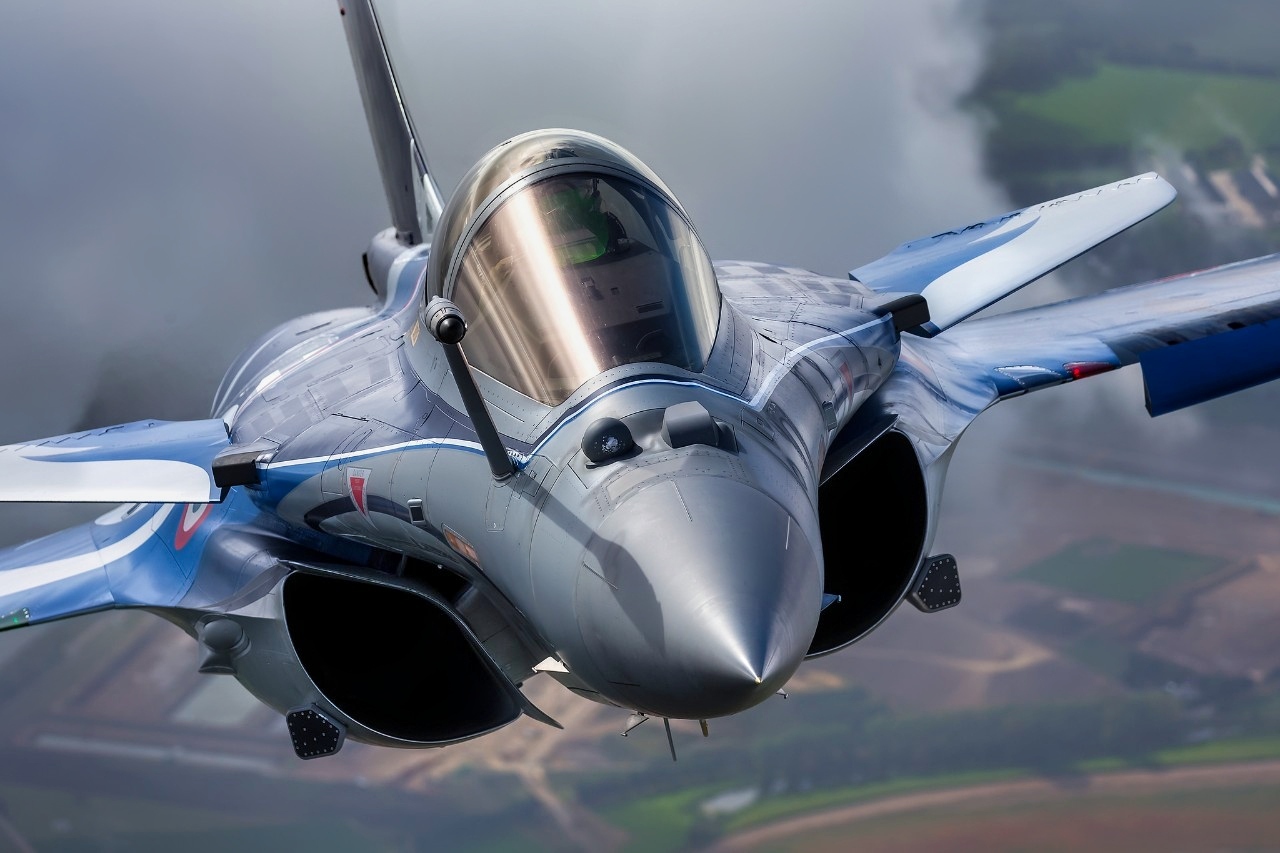The Dassault Rafale is a multirole fighter aircraft developed by the French company Dassault Aviation. Known for its versatility, advanced technology, and impressive performance, the Rafale has become a cornerstone of modern air forces around the world.
With many countries looking for an alternative to the F-35, the Rafale has garnered lots of attention recently. However, with the global supply chain still recovering from the Covid pandemic production at Dassault has run into some trouble.
Those 4 Words: Can’t Build Enough Fighters
Dassault Rafale: History and Development
The origins of the Rafale can be traced back to the late 1970s when the French Air Force and Navy sought to replace their aging fleets with a new, versatile fighter jet. Initially, France collaborated with the UK, Germany, Italy, and Spain on the Future European Fighter Aircraft (FEFA) project.
However, differing requirements and disagreements over workshare led France to pursue its own development program. Dassault Aviation built a technology demonstrator, the Rafale A, which first flew in July 1986. This marked the beginning of an extensive flight-test program that paved the way for the approval of the Rafale project.
The Rafale is unique among European fighters of its era as it is almost entirely built by one country, involving major French defense contractors such as Dassault, Thales, and Safran.
Dassault Rafale: Europe’s Best Fighter?
The Rafale is a twin-engine, canard delta wing aircraft designed for a wide range of missions. Its design emphasizes agility and versatility, combining a delta wing with active close-coupled canards to maximize maneuverability.
The aircraft can withstand load factors from -3.6 g to 9 g, with emergency capabilities reaching up to 11 g. There are three main variants of the Rafale: the Rafale C, a single-seat, land-based version; the Rafale B, a twin-seat, land-based version; and the Rafale M, a single-seat, carrier-based version designed for naval operations.
The Rafale boasts impressive specifications and performance metrics. The aircraft has a wingspan of 10.90 meters, a length of 15.30 meters, and a height of 5.30 meters. Its overall empty weight is approximately 10 tons, with a maximum take-off weight of 24.5 tons.
The Rafale can carry up to 4.7 tons of internal fuel and up to 6.7 tons of external fuel. The aircraft can reach a maximum speed of Mach 1.8 (750 knots) and has a service ceiling of 50,000 feet.
The Rafale is equipped with state-of-the-art avionics and a wide range of weapons, making it suitable for various missions, including air supremacy, interdiction, aerial reconnaissance, ground support, in-depth strike, anti-ship strike, and nuclear deterrence.
Key features include the RBE2 AA AESA radar, an active electronically scanned array radar that provides superior detection and tracking capabilities; the Optronique Secteur Frontal (OSF), an infrared search and track (IRST) system for passive target detection; and Direct Voice Input (DVI), a voice command system that enhances pilot efficiency. The Rafale can carry a variety of weapons, including air-to-air missiles like MICA and Meteor, air-to-ground missiles such as SCALP EG and AASM, anti-ship missiles like the AM39 Exocet, and nuclear weapons such as the ASMP-A missile.
Combat History and Exports
The Rafale entered service with the French Navy in 2004 and with the French Air Force in 2006. It has since been deployed in various combat operations, demonstrating its effectiveness and reliability. Notable deployments include operations in Afghanistan, Libya, Mali, and Syria, where the Rafale has performed a range of missions from airstrikes to reconnaissance.
The Rafale has been marketed for export and has found success in several countries. It is currently in service with the air forces of Egypt, India, Qatar, Greece, Croatia, Indonesia, the United Arab Emirates, and Serbia.
The aircraft’s advanced capabilities and versatility have made it a popular choice among nations seeking a reliable multirole fighter.
Future Prospects and Manufacturing Troubles
As of early 2025, Dassault Aviation continues to produce the Rafale, with plans to increase production rates to meet growing demand. In 2024, Dassault delivered 21 Rafales, and the company has received additional orders from export customers. The Rafale’s production numbers are among the highest in the world, surpassing many other contemporary fighter jets. However, production of the Rafale was disrupted after the COVID-19 pandemic disrupted the global supply chain.
Even in 2024 Dassault admitted that production of new fighters is “more difficult now.” This leaves questions about the fighters producibility in case another larger scale conflict breaks out.
Looking ahead, France is developing an advanced version of the Rafale, known as the Rafale F5 or “Super Rafale.” This next-generation aircraft will feature enhanced stealth capabilities, integration with unmanned combat drones, and the ability to deploy hypersonic missiles.
The Super Rafale aims to compete with the latest fifth-generation fighters, such as the Lockheed Martin F-35 Lightning II, and maintain France’s technological edge in military aviation.
The Dassault Rafale stands as a testament to French engineering and innovation in military aviation. Its combination of agility, advanced technology, and multirole capabilities has made it a formidable asset for air forces around the world. As the Rafale continues to evolve and adapt to modern warfare requirements, it is poised to remain a key player in the global aerospace arena for years to come.
Dassault Rafale: A Photo Essay
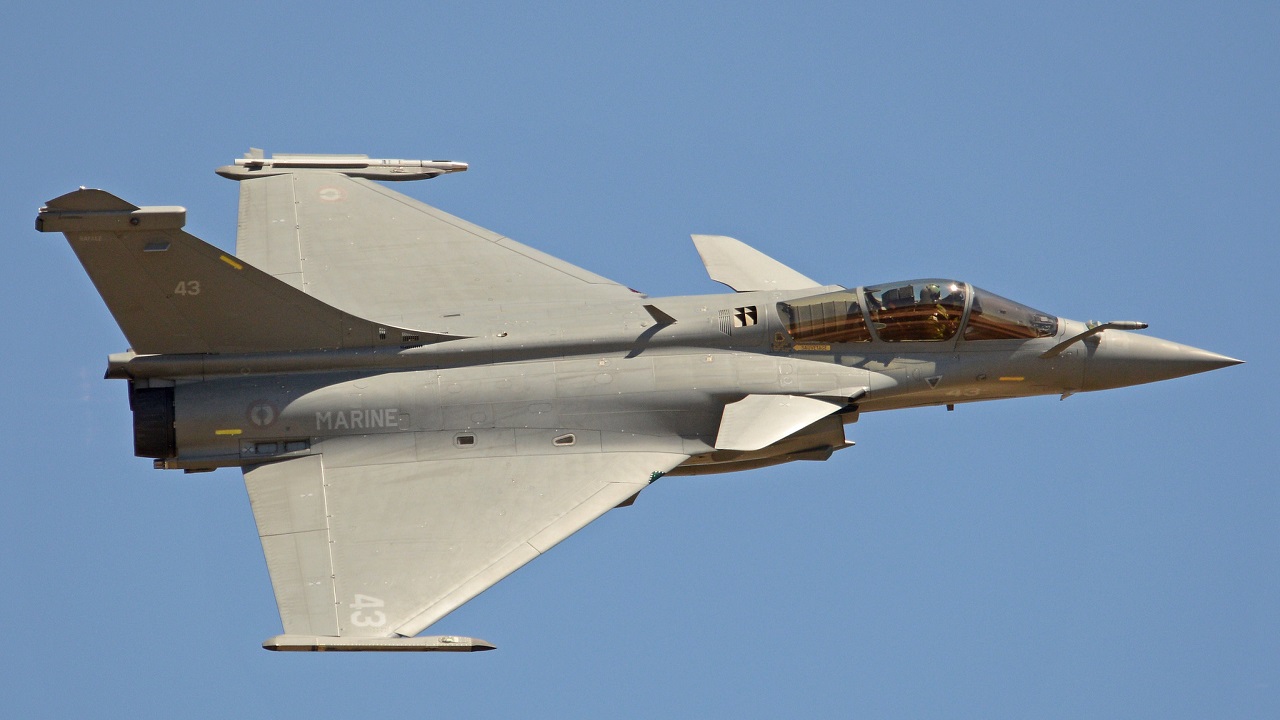
Operated by Flottille 12F, Aeronavale, based at Landivisiau.
Seen during a practice display routine at Zaragoza Air Base, Spain, during the 2016 NATO Tiger Meet (NTM).
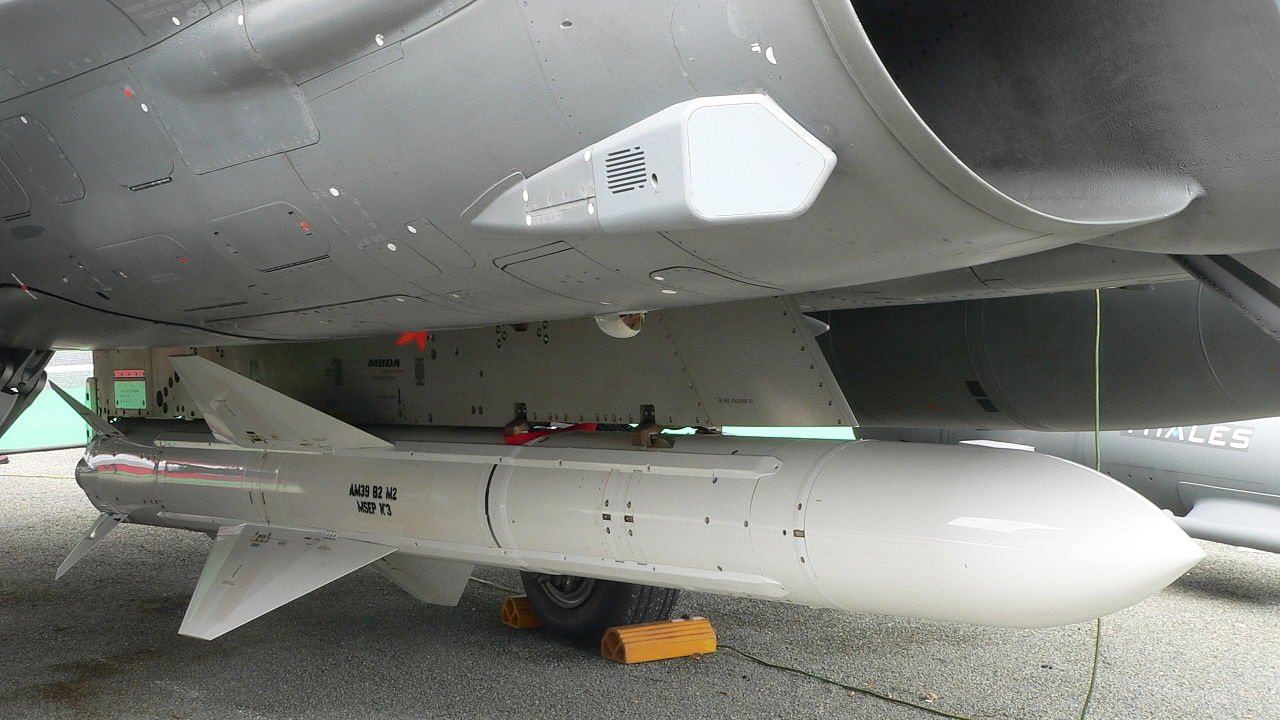
Exocet AM-39 anti-ship missile (from MBDA) under a Dassault Rafale.
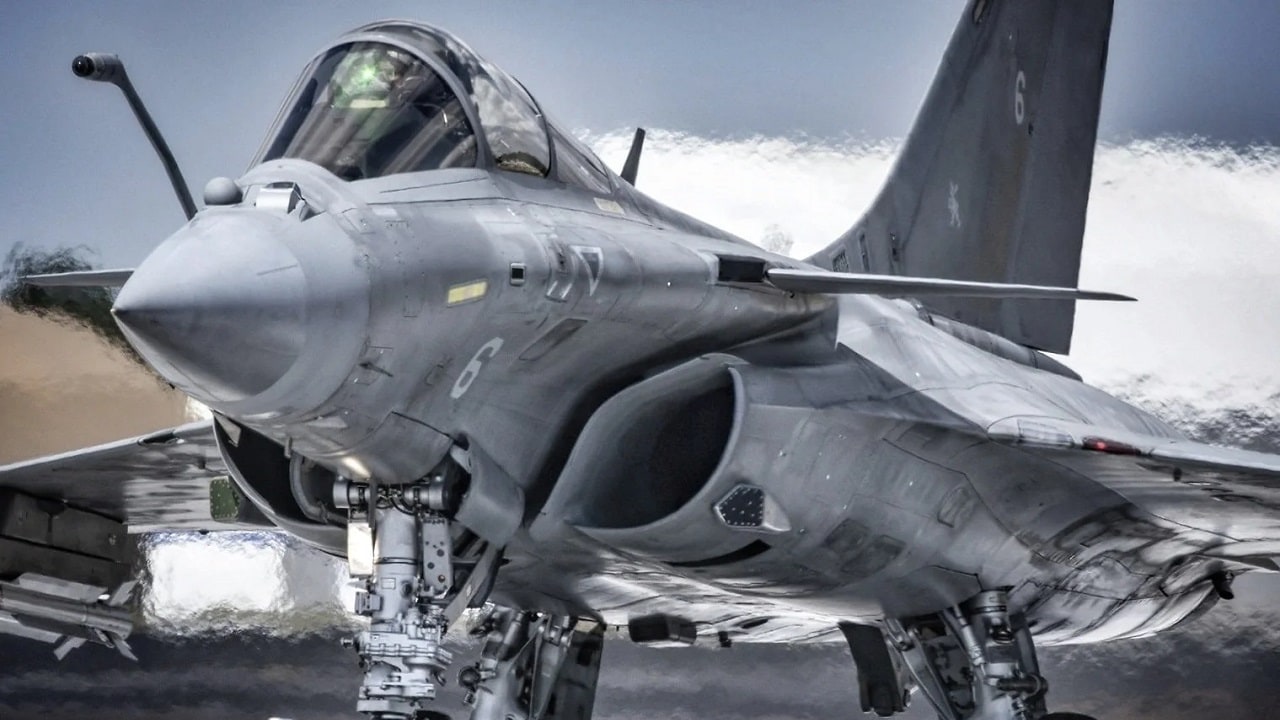
Dassault Rafale. Image Credit: Creative Commons.
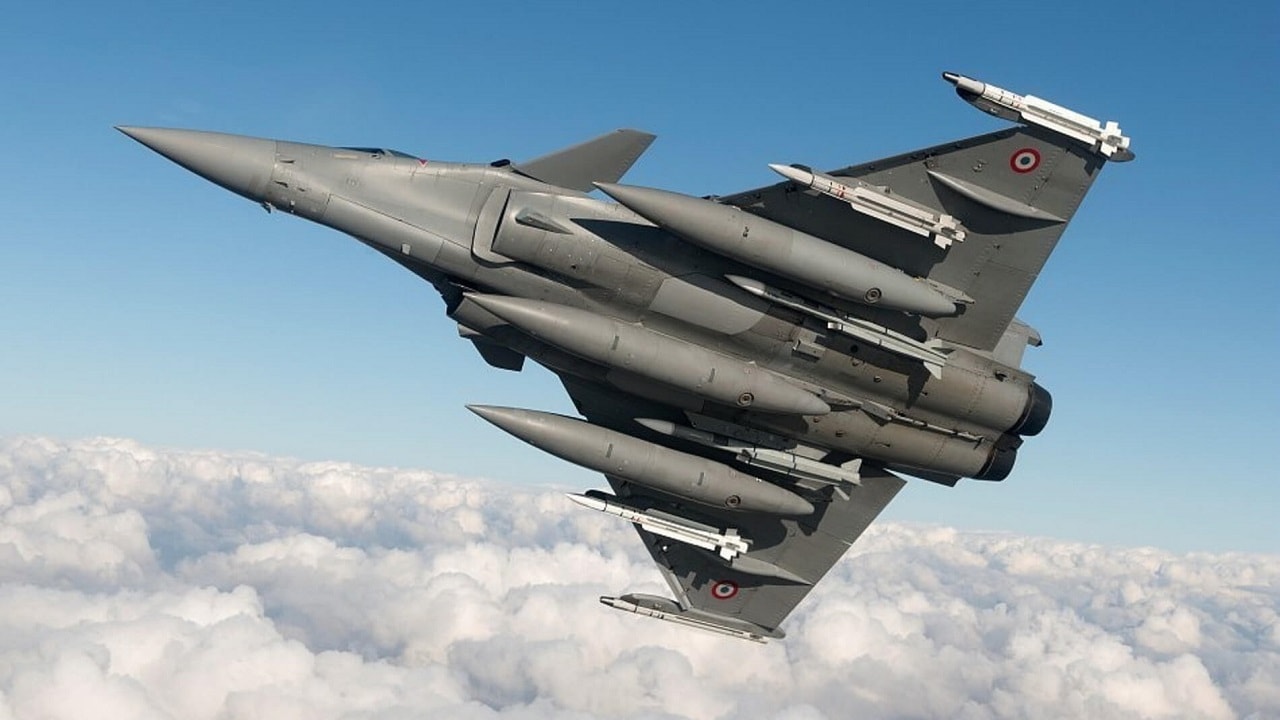
Dassault Rafale F3-R. Image Credit: Creative Commons.
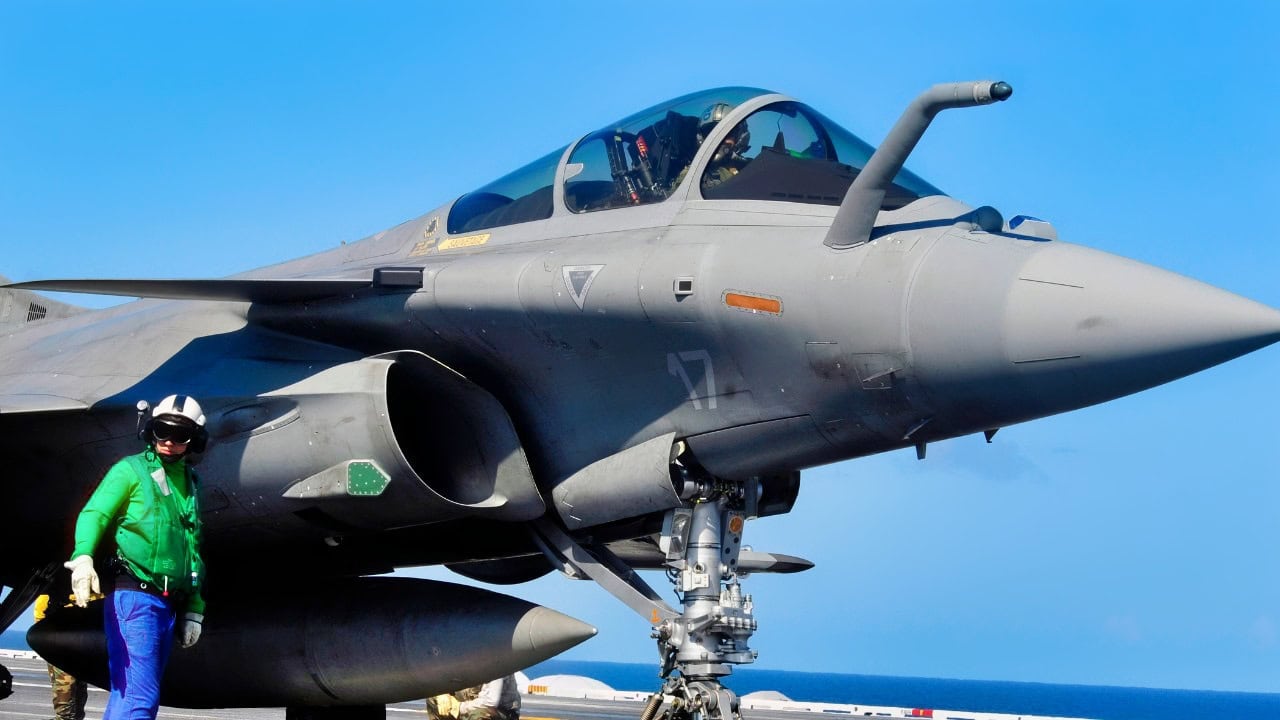
ATLANTIC OCEAN (July 19, 2008) A French F-2 Rafale fighter prepares to launch during combined French and American carrier qualifications aboard the aircraft carrier USS Theodore Roosevelt (CVN 71). This event marks the first integrated U.S. and French carrier qualifications aboard a U.S. aircraft carrier. The Theodore Roosevelt Carrier Strike Group is participating in Joint Task Force Exercise “Operation Brimstone” off the Atlantic coast until the end of July. (U.S. Navy photo by Mass Communication Specialist 3rd Class Christopher Hall/Released)

Dassault Rafale. Image Credit: Creative Commons.
About the Author: Isaac Seitz
Isaac Seitz, a 19FortyFive Defense Columnist, graduated from Patrick Henry College’s Strategic Intelligence and National Security program. He has also studied Russian at Middlebury Language Schools and has worked as an intelligence Analyst in the private sector.

